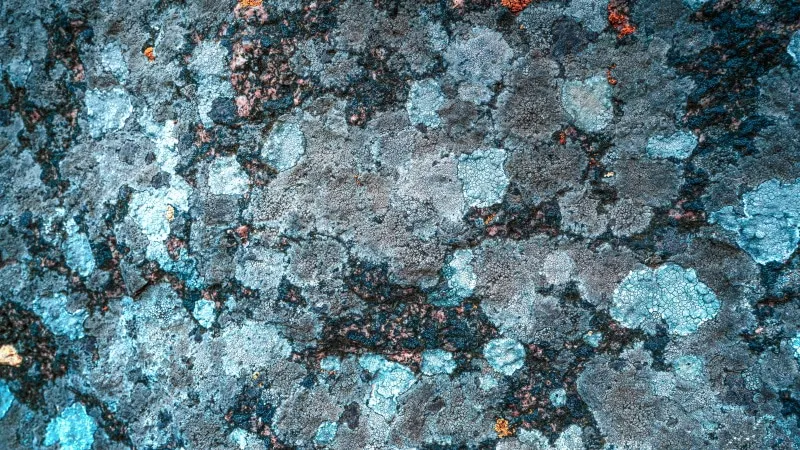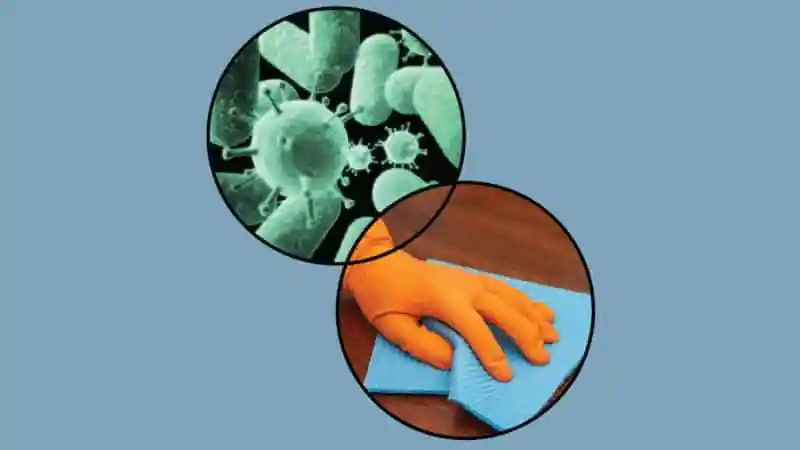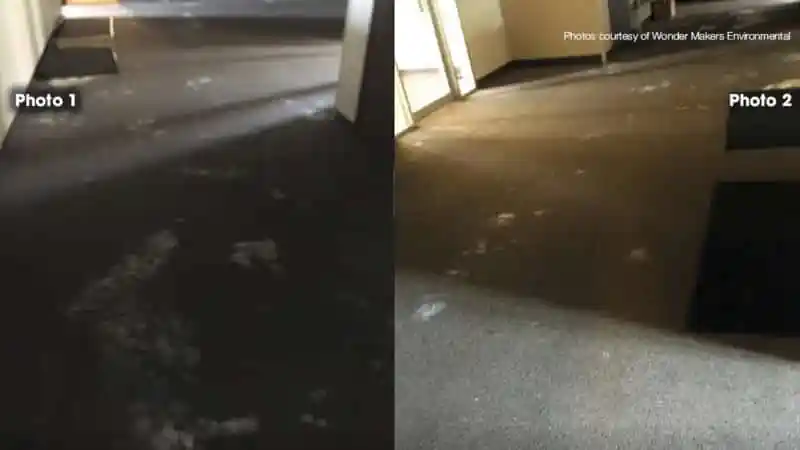Download PDF Introduction About two million patients acquire at least one healthcare-associated infection (HAI) in…
The Value of Health
In the last 20 years, mold remediation has gone from the “new kid on the block” to an established subsection of the restoration industry. However, one of the things that sets mold remediation apart from responding to water losses and fires is the medical component tot many mold cases. In an odd twist, as we get and keep our buildings cleaner, and spend more time inside, a larger percentage of individuals develop sensitivities to indoor contaminants such as mold. A review of the current medical data explains that the percentage of the population with genetic predisposition to mild mold sensitivity is nearly 20%. Of that group, 1-3 % can develop a much more severe sensitivity to mold exposure.
Mold Sensitivity Is a Reality
Sadly, the trigger to real health problems for individuals who do not know that they are genetically susceptible to mold issues is often a poor mold remediation project. Whether the sensitivity comes about because of a long-term exposure to smaller amounts of mold from an undiagnosed or unaddressed water/mold issue, or a big exposure from poor remediation which is not properly isolated, the medical effects are real. In addition to typical allergy symptoms such as watery eyes, runny nose, sneezing, coughing, and headaches, people that become sensitized to mold can experience a whole range of seemingly unconnected symptoms. It is not uncommon for the mold sensitized individuals to experience debilitating symptoms such as excessive fatigue, abdominal issues, mood swings, blurred vision, memory and concentration problems, vertigo and balance issues, and a host of other problems.
(Illustration 1 is an expanded list of symptoms often experienced by individuals who become sensitized to mold, but it is by no means complete.)
While there is a growing cadre of medical professionals who recognize the importance of diagnosing mold sensitivities and controlling exposure to fungal contaminants, such health problems are not yet in the mainstream of the consciousness of medical professionals. The frustration that mold sensitized individuals go through in finding the right medical professional to assist them is matched only by the frustration they experience with mold remediation contractors who do not understand that remediation for mold sensitized individuals is different than most other projects. Although the same primary steps are completed, the remediation effort has to be done with attention to detail that is far greater than standard remediation and reconstruction work.

A Specialized Niche for Mold Remediation Contractors
If improper or incomplete mold remediation actually causes the sensitization, the remediation contractor needs to respond properly. Once the sensitization has occurred, the first step in assisting the ill individual is to stop dismissingthe client’s concerns as bogus. For mold professionals who want to properly evaluate and correct the problems that bedevil sensitized individuals, it is critical that they work with, or assemble, a team to assist the sensitized occupant (see Illustration 2). Indeed, some of the most successful remediation contractors and consultants currently working with mold sensitized individuals are the ones who have carefully evaluated the resources in the area and assembled a team of like-minded professionals who have the goal of helping these especially vulnerable clients get through the process as safely as possible.
Although substantial progress has been made in the last two decades in developing appropriate procedures, industry guidelines, and even regulations regarding mold remediation, most of those efforts have been directed toward remediation that produces an environment that is safe for typical occupants. However, experience has shown that such “standard” remediation projects, even when done in full compliance with the current industry standard of care, often are not enough to create a safe environment for individuals who have become sensitized to mold.
The most common problem with typical mold remediation projects is that the scope is not broad enough. Illustration 3 shows the large variety of different factors that need to be addressed when dealing with mold sensitized individuals. Too often, a mold remediation project deals with the visible source and fails to address secondary contamination of contents, unimpacted surfaces, the HVAC system, and even the overall performance of the structure. Restoration contractors that also have a rebuild division can find the work with mold sensitized individuals to be both challenging and rewarding because they can fix the existing problems and make corrections to the structure that prevents problems from developing in the future.
Most projects involving mold sensitized individuals require a full structure cleaning as one of the last steps. Specifically, after the source material removal, HVAC cleaning, and content decontamination have been addressed, residual contamination remains. Adjustments to the standard “HEPA sandwich cleaning technique” are often required to meet the stringent standards utilized to evaluate the effectiveness of a full house cleaning for mold sensitized individuals.
One of the most critical aspects of working successfully with sensitized individuals is knowing that the typical criteria used to evaluate project success are generally not good enough. Comparing indoor spore levels to outof-doors and having fewer inside often fails to bring relief to the client because the contractor is returning the structure to a “normal fungal environment.” However, sensitized individuals generally have to have an environment after the work is completed which is clearer than normal. Although a variety of techniques can be used to evaluate the work area and/or whole structure after cleaning, the criteria used to gauge the results needs to be clearer understood by all the parties before work begins.
Another important factor that should not be overlooked is that a quick glance at the chart reinforces the importance of developing the team approach in addressing the multiple problems of the client. Too often, the contractor who wants to help, and shows some competence in this specialized area, becomes “the answer” for the client. That quickly will put the restoration contractor in the dangerous position of trying to answer questions that should be addressed by medical professionals, assessors, and even a banker.
The Problem Is Real, Contractors Can Help and Add to Their Book of Business
A small subset of mold remediation assessors and contractors have figured out how to be successful in the specialty market of mold remediation for sensitized individuals. Rather than just being frustrated by the mold situation that is often described as in”.olving a “crazy” person, these assessors and remediators have built on the standard remediation protocols to make them more effective for individuals who are physically unable to tolerate even small amounts of fungal contamination.
There are many sampling options that can be used for projects with sensitized individuals. Regardless of the inspection/sampling technique, clear endpoints have to be established and communicated before work begins.
Air samples can include:
- Particle counter
- Culture plates that collect spores
- by impaction or settling
- Spore trap using different types of cassettes
- Electronic instruments that actually categorize mold spores as compared to dust (such as Instascope)
Surface samples can include:
- Environmental Relative Moldiness Index (ERMI)
- Tape lift
Surface samples can’t include:
- Nasal swabs for viable spores
- Urine samples for Mycotoxins



